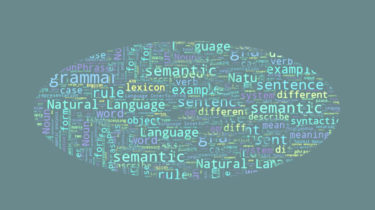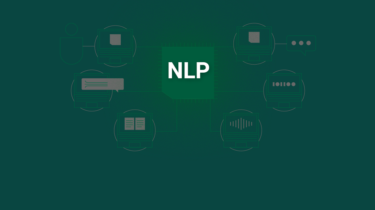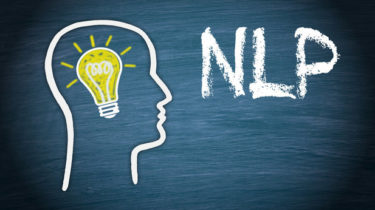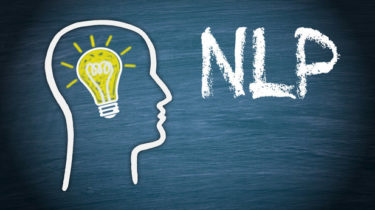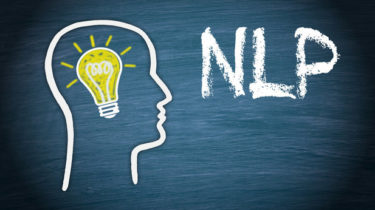Deploying Machine learning Application on AWS Fargate
Amazon Web Services(AWS) offers reliable, scalable, and cost-effective cloud computing services. It provides Infrastructure as a service(IaaS), Platform as a Service(PaaS), Software as a Service(SaaS) also a new model known as Function as a Service(FaaS) eg. AWS Lambda which is a serverless entity. Before going further, if you don’t have an AWS account please create one to follow along with the hands-on. Amazon Elastic Container Service(ECS) Amazon ECS is a container orchestration platform developed by Amazon, it is similar to […]
Read more
